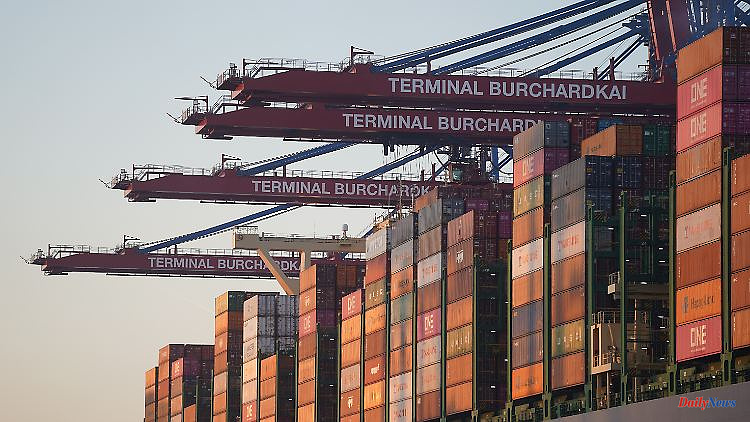Supply and production interruptions, rising energy prices and high inflation rates: The Russian war of aggression has turned the global economy upside down - and caused costs of around 1.6 trillion dollars, according to a new study.
According to an as yet unpublished study, the Ukraine war cost the global economy "well over 1,600 billion US dollars" last year. This emerges from the study by the Cologne Institute of the German Economy (IW), which is available to the Düsseldorf "Rheinische Post". "According to an IW estimate, global economic output in 2022 will have been well over 1,600 billion US dollars lower than it would have been without the Russian invasion of Ukraine," writes study author Michael Grömling. "In 2023, global production losses could add up to another $1 trillion," the study says.
The reference value of the IW model calculation is the gross domestic product (GDP). The autumn forecasts of the International Monetary Fund served as the basis for calculation and estimation. To do this, the actual development of GDP in 2022 and the forecast for 2023 would be compared with the originally expected development without the Ukraine war at the end of 2021.
According to the study, the war led to supply and production disruptions worldwide. In addition, energy prices have skyrocketed. Inflation has risen sharply everywhere and has reduced the purchasing power of consumers. "In view of the uncertain economic prospects, rising financing costs (as a result of rising interest rates worldwide) and the rise in the price of capital goods, companies around the world are holding back on their investments."
According to the study, the absolute losses are likely to be somewhat lower in 2023 than in 2022 because it is assumed that the global commodity and energy markets will relax. However, emerging and developing countries would lose around 40 percent of the global production decline in 2023 more than in 2022.












